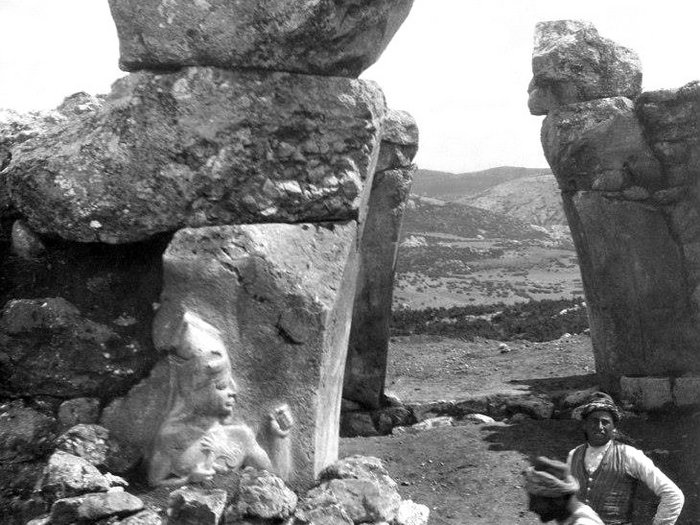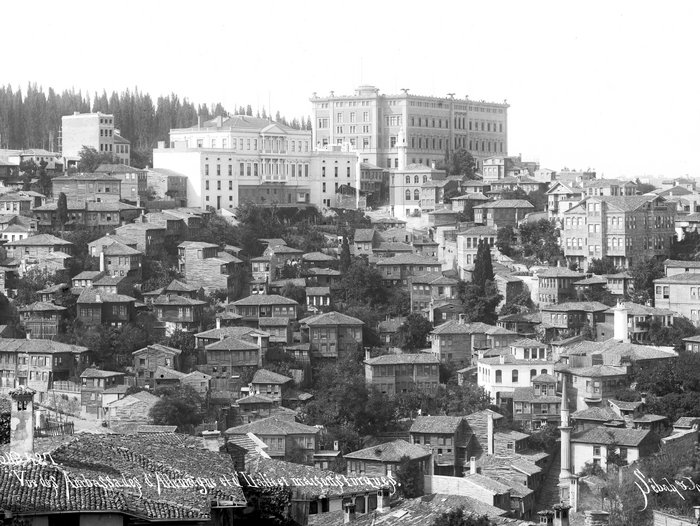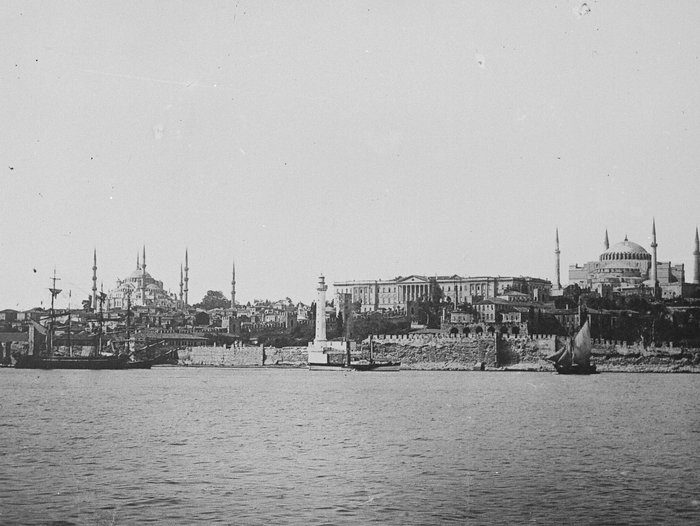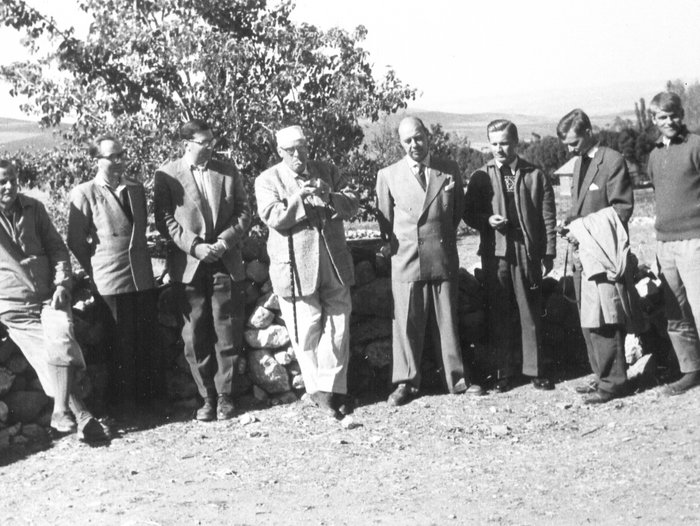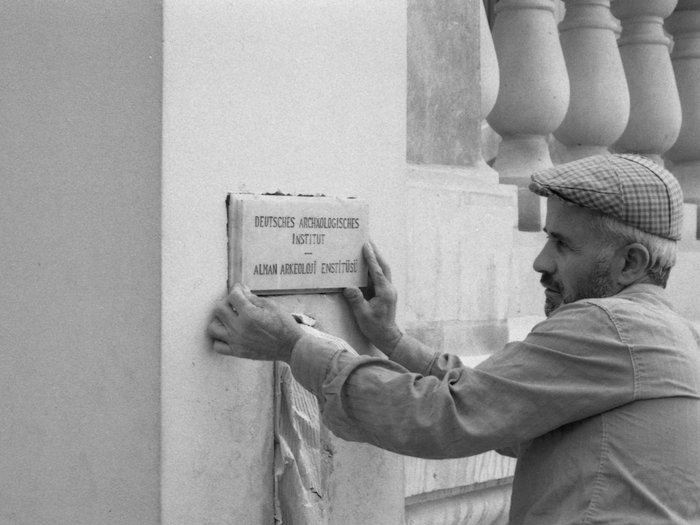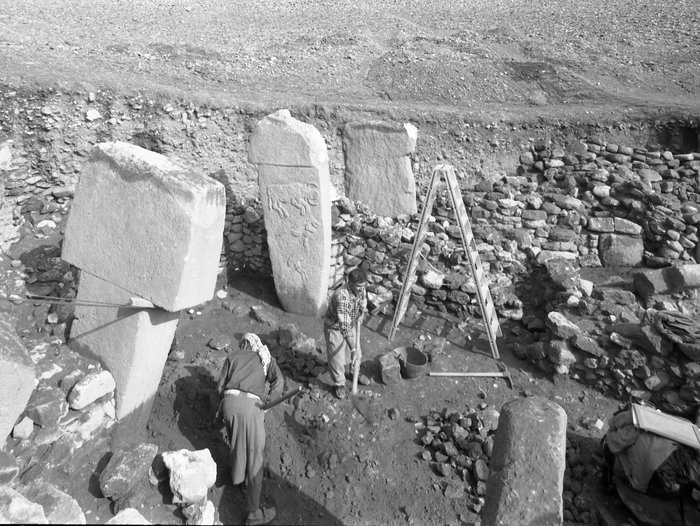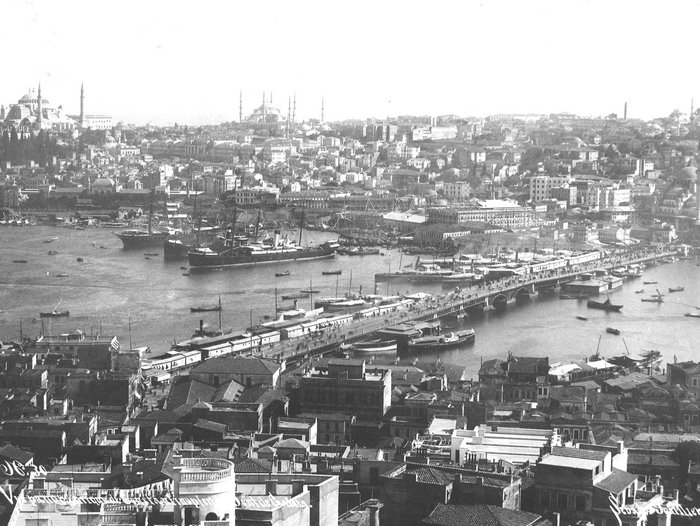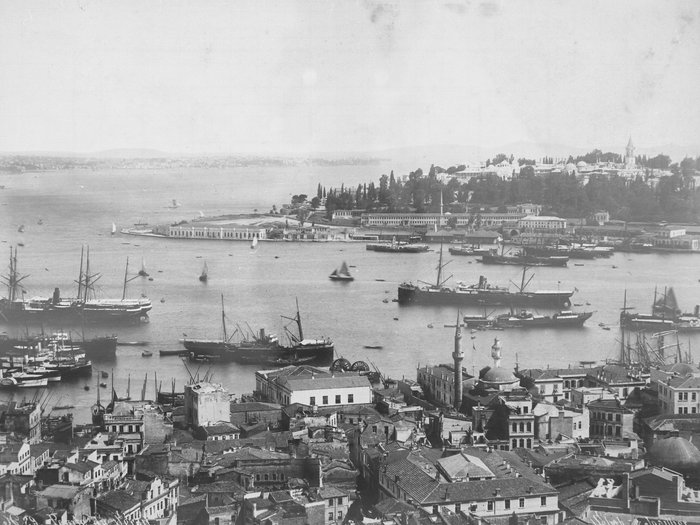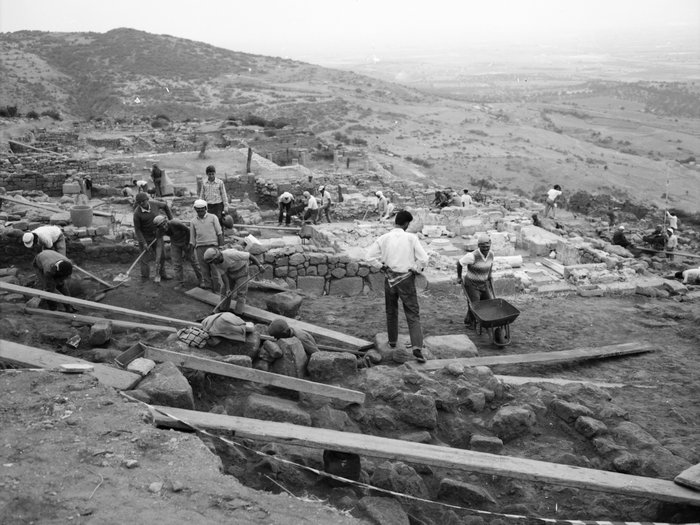Our History
The Istanbul Department was founded in 1929 on occasion of the 100th anniversary of the German Archaeological Institute. In his inaugural speech, Martin Schede (1883-1947), the department's then first director, emphasised that "In only few countries worldwide have different cultures succeeded each other so frequently, replaced each other so thoroughly, and yet influenced each other so resolutely as within the territory of modern Turkey. The work of the institute will accordingly be dedicated to Türkey's archaeology and history from the most ancient to most recent times".
The tradition of German archaeological research in Türkiye goes back to the 19th century. In his search for the legendary Troy, Heinrich Schliemann began his excavations in 1871 on the settlement mound at Hisarlık, nearby the city of Çannakale. Back then, the DAI developed a systematic excavation method specially for the site. The main focus of the institute's activities during the last quarter of the 19th century was the Turkish west coast, where it was responsible for several large-scale excavation and urbanistic research projects, such at Pergamon, Magnesia on the Maeander, Priene, Miletus, and Didyma, which originally had been under investigation by the Prussian museums in Berlin.
The Deutsche Orient-Gesellschaft (German Oriental Society) together with the Ottoman Museum in Constantinople (Osmanlı Müzeciliği Altın Çağında) began excavations at the Central Anatolian site of Boğazköy (today Boğazkale) in 1906. Already in the following year, a team led by O. Puchstein took charge over fieldwork there on behalf of the German Archaeological Institute. The discovery that the ruins actually belonged to Ḫattuša, the Bronze Age capital of the Hittite Empire, was celebrated as a downright sensation.
In its early days the name of the DAI department still took reference to its location in Constantinople, but this shifted to Istanbul in 1930. During WWII, the department continued operations until its closure and the staff's withdrawal on 10 August 1944. In the war's aftermath, Istanbul University was mandated as the premises' trustee, while keeping the library operational. The property and its inventory were finally handed over to the Federal Republic of Germany in 1953, after which they reopened in February 1954. Earlier research projects soon were resumed, whereas new ones were launched. In 1989 the meanwhile enlarged department moved into the venue of the German Consulate General in Istanbul (formerly the German Embassy), where it has remained since. In the meantime the department has evolved uninterruptedly with regard to its subjects of interest, but also to its methods and networks. Among the changes are novel engagements, such as the project at the Neolithic site at Göbekli Tepe set off in the 1990s, or the transfer of sponsorships for the projects at Priene, Miletus, and Didyma, which now are under the responsibility of Turkish and international competencies. Compared to the traditional, large-scale excavations, today activities like archaeological surface surveys, architectural recording and even purely scientific projects have become predominant, through which the department now can address more flexibly upcoming issues and engage in new cooperation ventures. The same applies to commitments within cultural protection and capacity building, which are capable of contributing with particularly targeted approaches towards international cultural relations and education policies.
Cooperation with Turkish state archaeology made already considerable progress under the leadership of Kurt Bittel (1907-1991) who, not only as a prehistorian taught at the University of Istanbul, but also served as the department's director first between 1938 and 1944 and later between 1951 and 1960. Meanwhile, German, Turkish, and international scholars from a variety of disciplines now work closely together at the department and contribute jointly to the exploration, preservation, and dissemination of Türkiye's rich and complex archaeological and cultural heritage.


